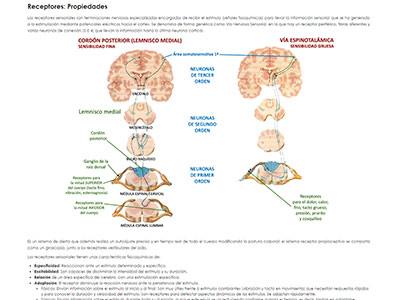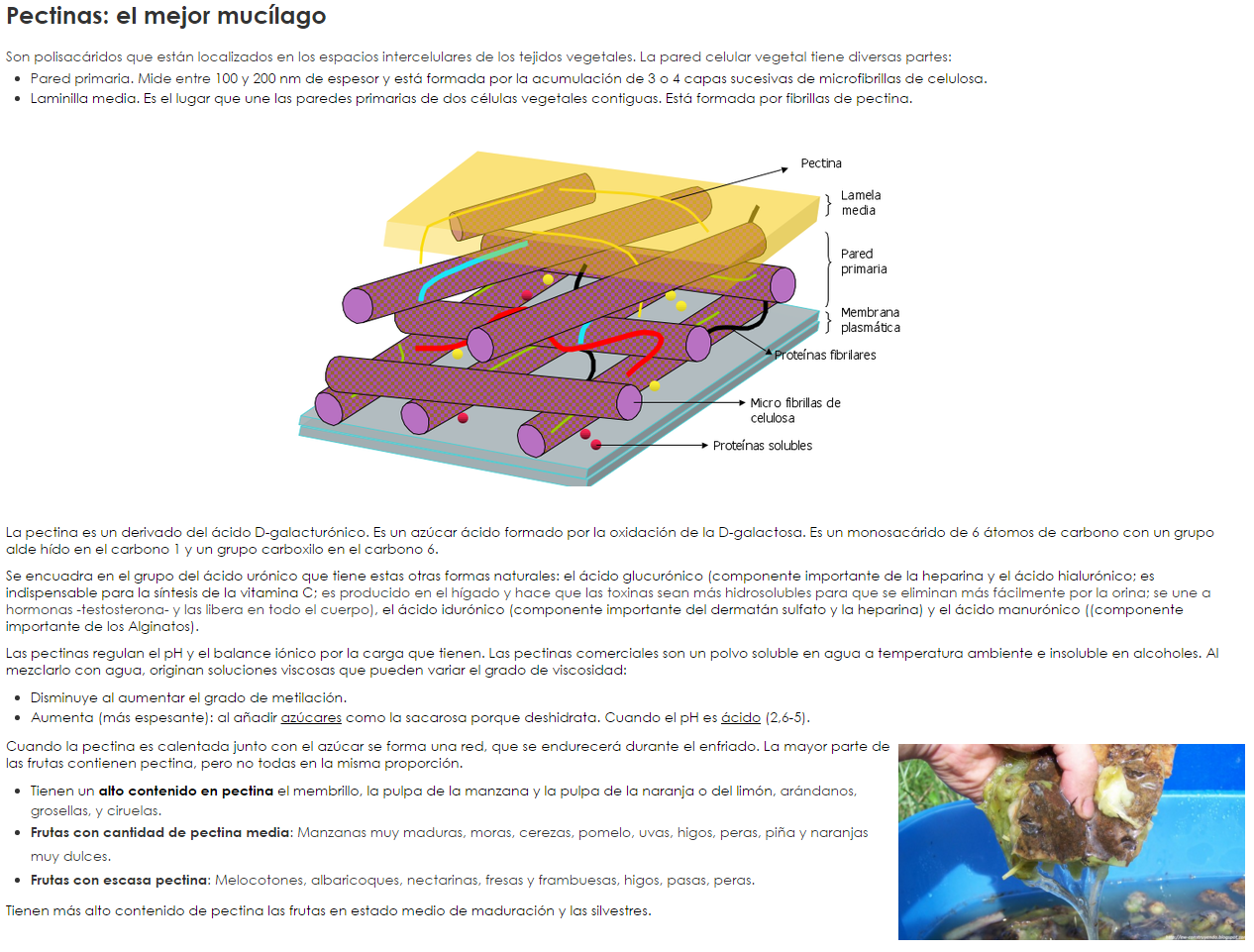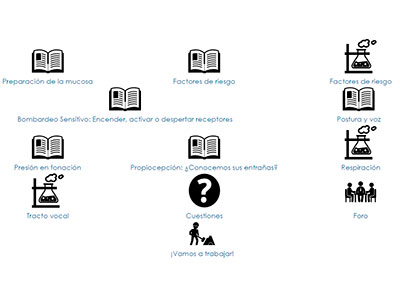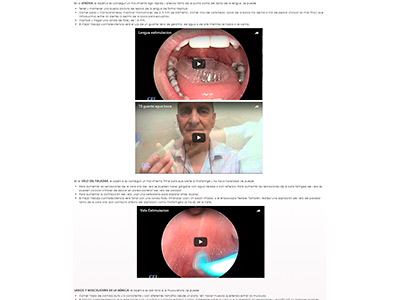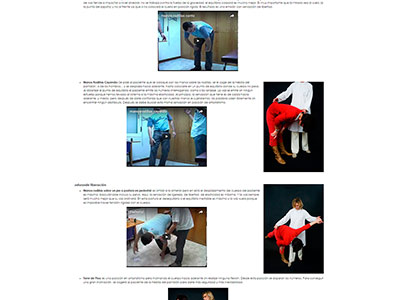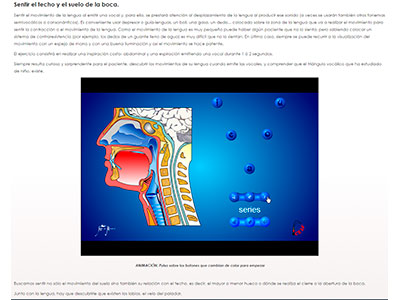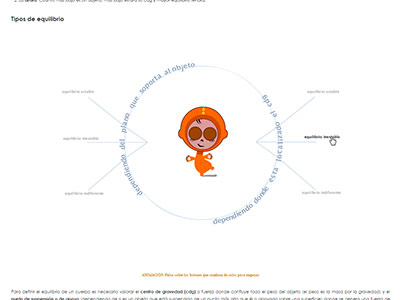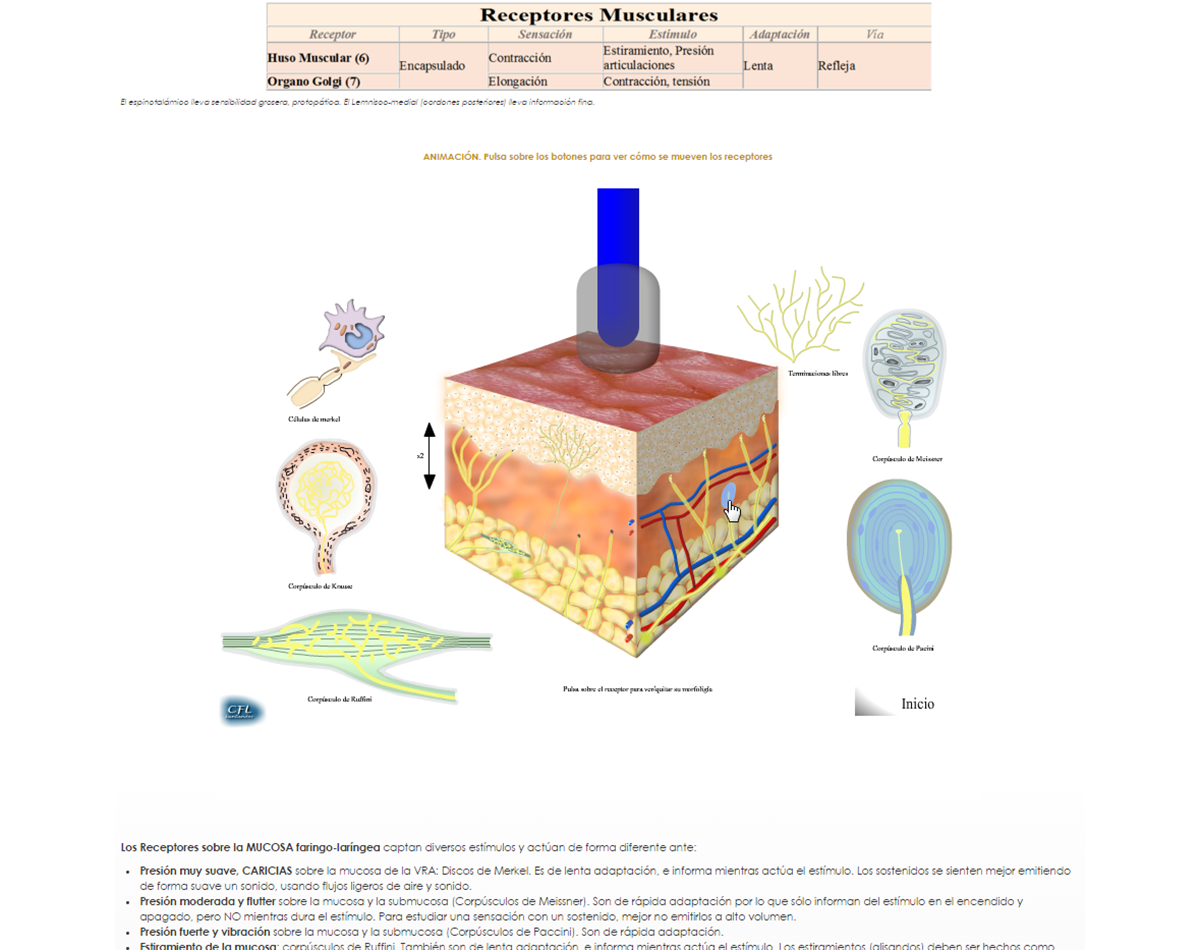The 'Centro de Foniatría y Logopedia' in Santander, Spain (Phoniatric and Speech Therapy Centre) has developed for over thirty years the Proprioceptive Elastic Method (PROEL) to treat voice problems and optimize user and professional voice.
Our experience in teaching our method to other professionals through face-to-face courses is extensive; and still, such courses generate interest with a large number of training requests that we receive constantly. In recent years, we have organized a large part of our teaching material related to prevention and treatment of voice problems to offer online courses. These courses are extensive in both a written (five volumes of 200 pages each) and interactive format (with hundreds of interactive animations and videos). They are as well under constant review as they are based on state-of-the-art scientific advances.
Our training method is innovative mainly because we complement exhaustive theory material with dynamic experimentation, with practical applications in laboratory experiments and with new methodologies to apply what is learnt to our daily practice. In addition, constant tutoring is performed in small groups, which fosters a participative and enriching environment for students, by sharing professional experiences and points of view with each other.
In 2018 our training has been recognized for its quality and dedication of its training team to become an Expert University Qualification in collaboration with the Menéndez Pelayo International University (UIMP). This collaboration finished in 2023, and the course continues without the University
Expert in Proprioceptive Elastic Method (PROEL) in the treatment of voice disorders
On-line by 'Centro de Foniatría y Logopedia Borragán de Santander' (Phoniatric and Speech Therapy Centre)
Course instruction
This course will be instructed predominately online, through our e-learning platform. However, one of the modules will require classroom attendance, and although it could be followed via videoconference, attending students will benefit from extra group dynamics.
Featured characteristics
Three languages
Complementary materials are fully translated to three different languages: Spanish, English and Italian.
36 ECTS Credits
Reading materials, on-line videoconferences, pre-recorded sessions, clinical experiences
Individual Tuition
Tuition will be carried out in the native language of the student (Spanish, English, Italian) and in small groups.
Multimedia content
More than 400 original videos and more than 50 interactive animations.
Exhaustive documentation
5 volumes of 200 pages with course resources.
Collaborative methodologies
Collaborative learning guaranties a better comprehension of contents and improves the student’s experience
Course contents
- Vocal Therapy Bases
- Resonance and Elasticity
- Vocal Cord Protection and healing
Voice disorder prevention in voice professionals requires a wide knowledge of activities and procedures to carry out on our patients. Not all techniques are as effective and depending on each person and type of work we should apply minimal actions to achieve the final goal. Through this subject the student will learn to teach the patient the most effective dynamics to prevent voice problems.
Content:
- Early Natural Treatment: what and what doesn’t work.
- Knowing how it works: phonatory experiments to understand physiopathology.
- Treatment foundations
- Humidity and Lubrication
- Control on Inflammatory Factors
- Constant training or controlled overload.
- Muscular stretch
- Maximum elasticity
- Tips
- How to treat the most frequent signs of vocal problem: itchiness, sensation of a foreign body in the throat, cough, pain.
- How to strengthen the voice: resonances and vocal pitch.
It follows the same methodology as the first module, theoretical contents will be presented on the web, accompanied by videos and animations that enhance comprehension. Theoretical formation will be complemented by practical dynamics. To bolster study and for further reference texts will be also presented on hard printed volumes. At the end of this module a videoconference will take place to solve further doubts and to carry out group dynamics.
It is difficult to be effective at therapeutic level if you do not know how our patients get sick, why and what the mechanisms are that maintain the problem over time. If as therapists we do not have a good voice observation system, we will never know the effectiveness of the treatment. A good diagnosis is the basis for an excellent result.
Content:
- Functional anatomy-physiology and Physiology through phonatory experiments.
- Understanding the Lamina Propia more and in a better way.
- Reconstituing proteins to achieve self-reparation of VC tissue.
- Mucous wave exercises and stimulation of the immune system.
- Pathophysiology
- Theoretical model of the phonatory system functioning.
- Pathophysiology to understand the situations that can condition vocal pathology.
- Factors that trigger and maintain the recurrent loops of dysphonia.
- How VCs are injured
- Therapeutic targets
- Assessment and Diagnosis of voice problems
- Exploration and evaluation of the voice.
- Etiology, risk factors.
- Differential diagnosis
- Voice pathology
Similar to the previous modules, this subject is composed of a strong theoretical base (the largest of the course) accompanied by a practical part based on collaboration between students and sharing experiences for a networked learning. Theoretical contents will be presented on the website, accompanied by videos and interactive animations that facilitate understanding. To enhance further study and reference, theoretical texts will be delivered in printed volumes. At the end of this module there will be a videoconference for solve further doubts, and group activities.
A small peek to what's inside
Our tutors
Tuition will be organised in small groups guided by a professional with extensive experience and prestige. These are some of the tutors.
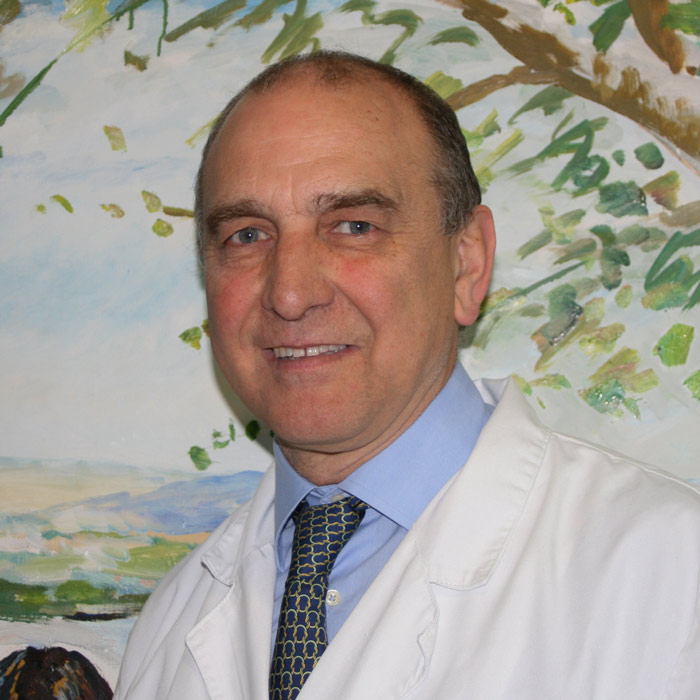
Alfonso Borragán
Doctor specialised in Phoniatrics
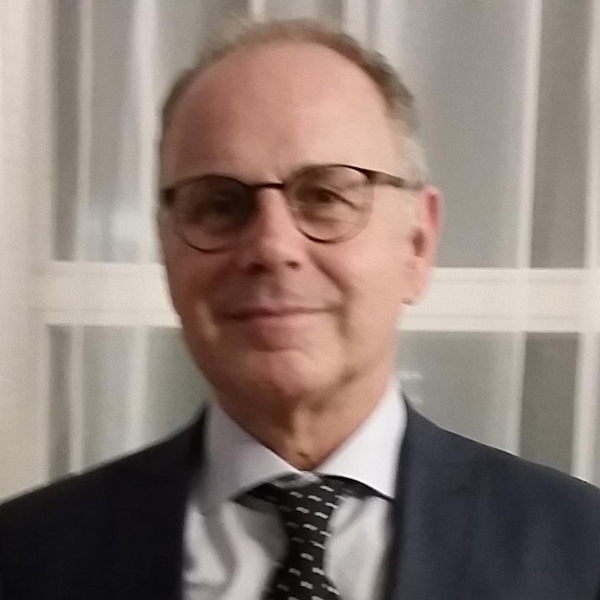
Andrea Ricci
Doctor specialised in Phoniatrics
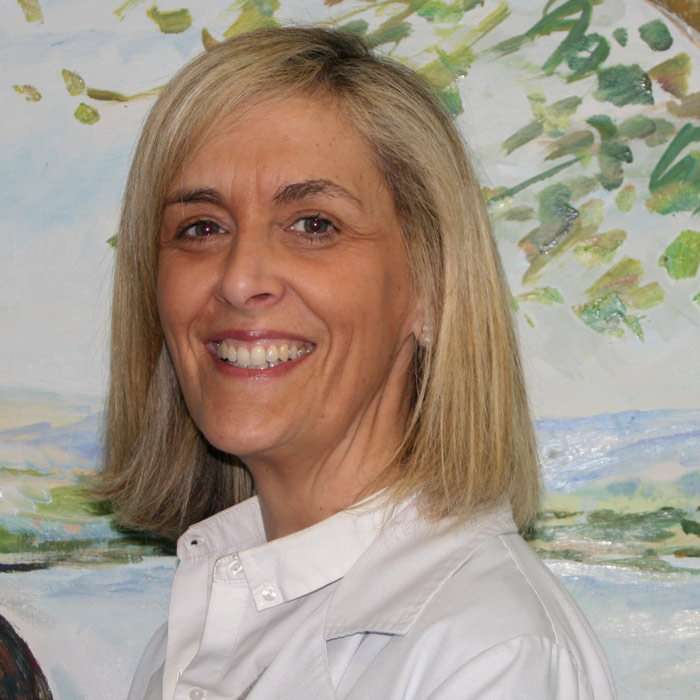
Marián Agudo
Speech Therapist
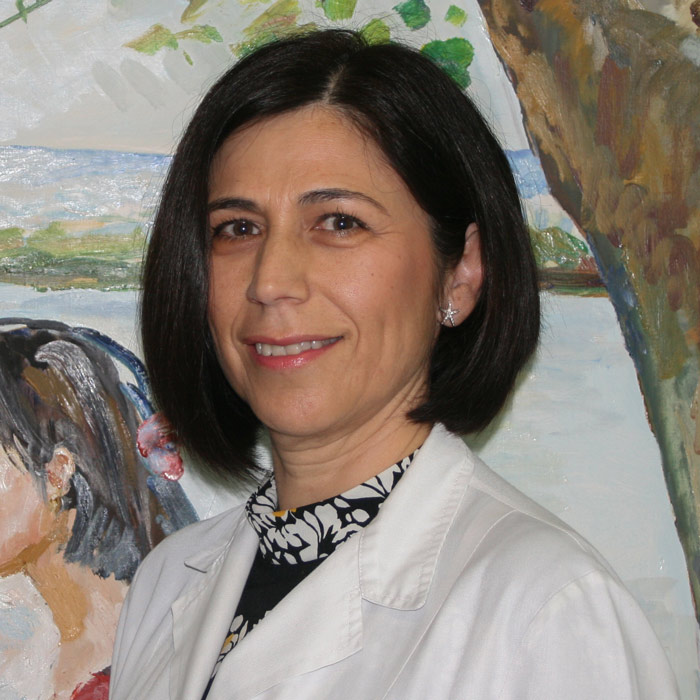
María José González
Speech therapist
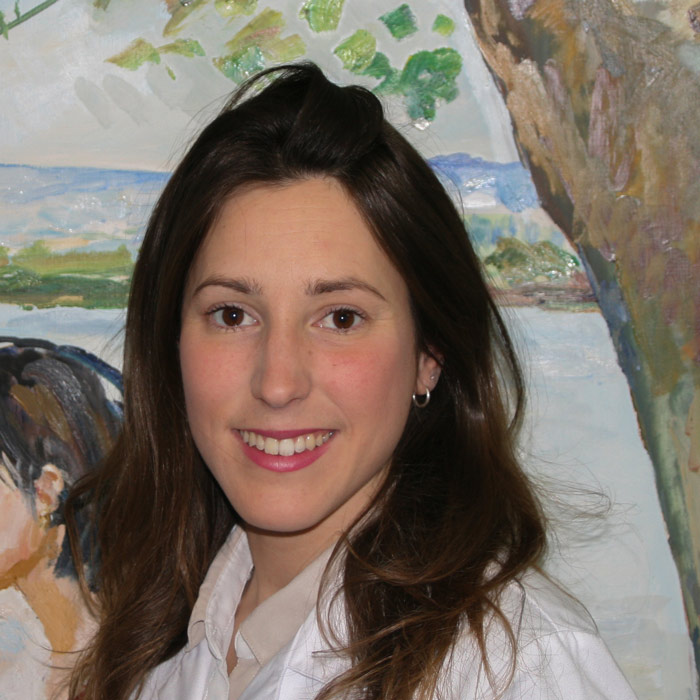
María Borragán
Speech therapist
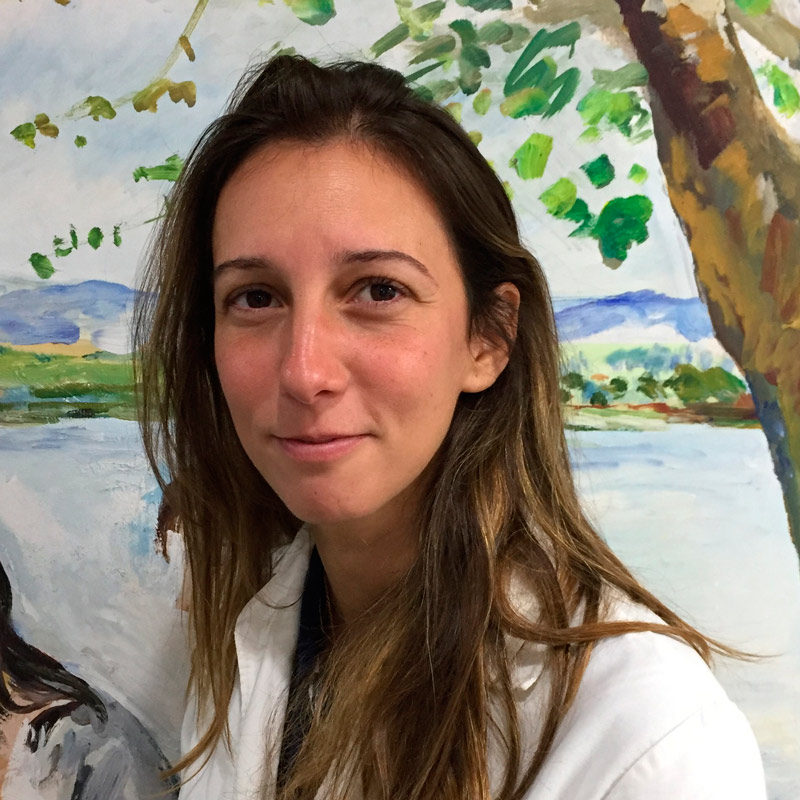
Carmen Borragán
Therapeutic Pedagogue
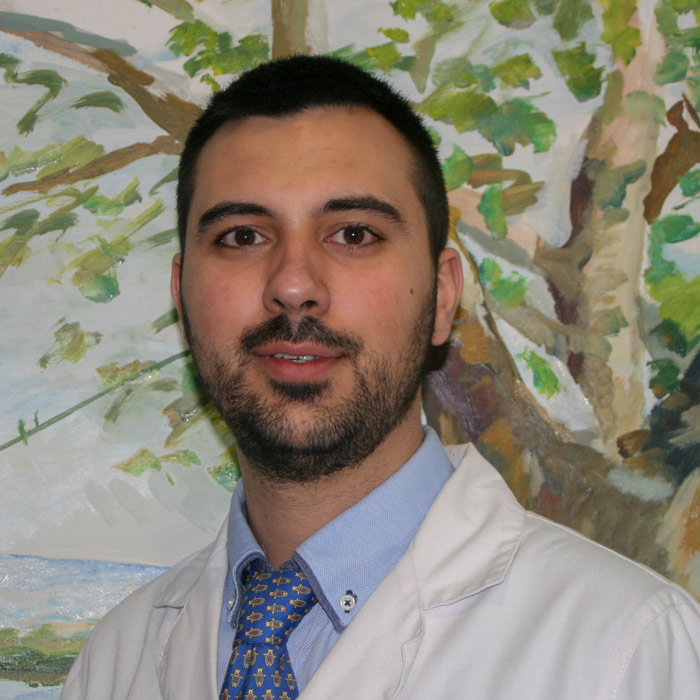
Bruno Gómez
Speech therapist
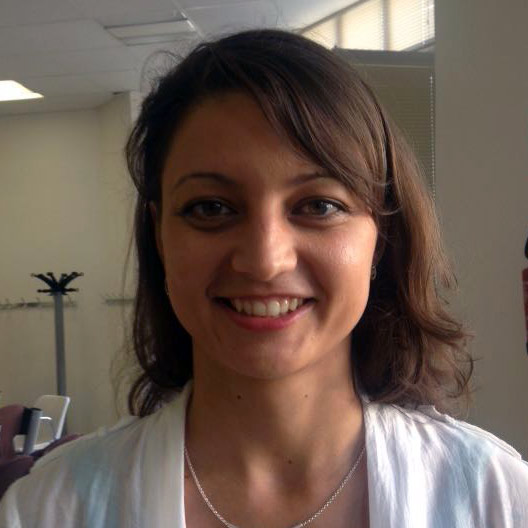
Valentina Romizi
Speech therapist
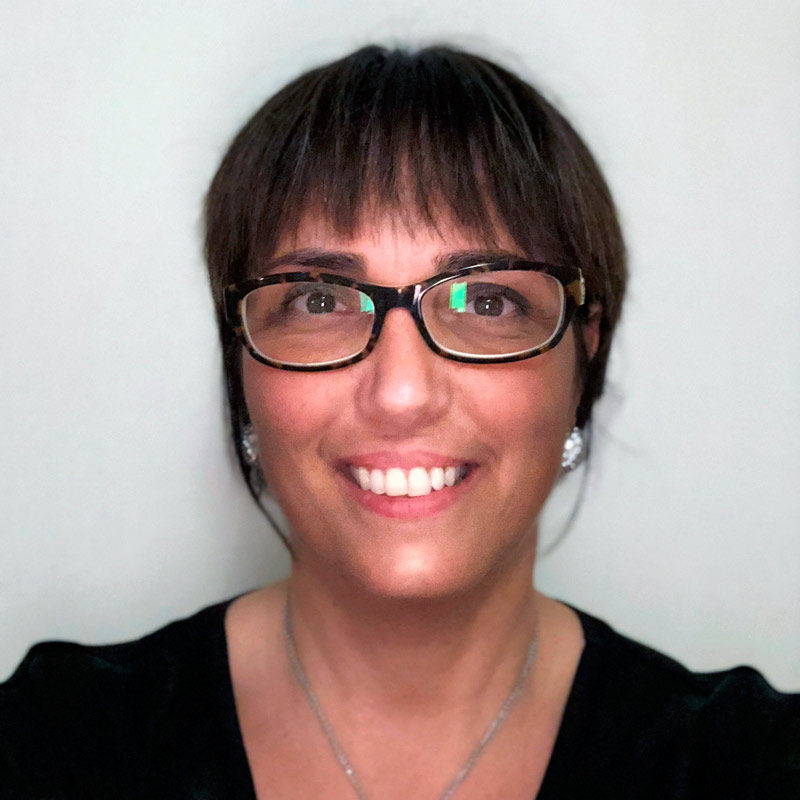
Barbara Ramella
Speech therapist
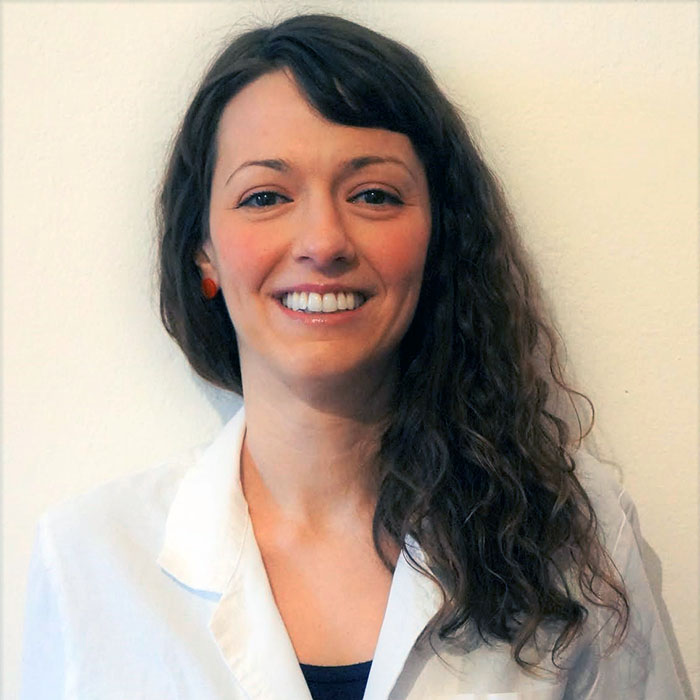
Silvia Biasotti
Speech therapist
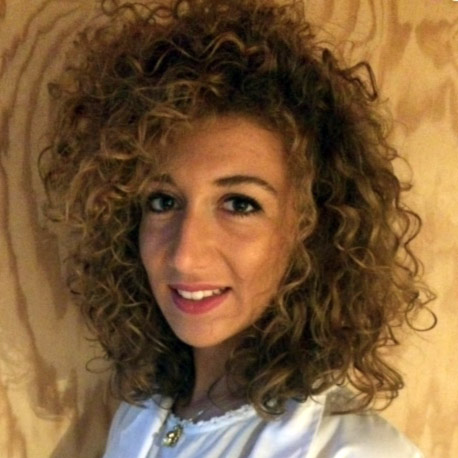
Chiara Corbo
Speech therapist
Official Features and Price
The fifth edition will be developed over two academic years, following this distribution of the teaching schedule:
- Academic year 2024-2025, modules I, II and IV:
- The foundations of vocal therapy (January 1st to February 15th, 2025)
- Elasticity and resonance (February 16th to March 31st, 2025)
- Protection and repair of the vocal cords (April 1st to May 15th, 2025)
- Prevention of voice problems (May 16th to June 15th, 2025)
- Action: Daily practice (throughout June)
- Academic year 2024-2026: Modules III, V and VI:
- Pathophysiology and diagnosis (October 1st to November 30th, 2025)
- Case study and working dynamics (November 1st to December 31st, 2025).
- End of course thesis (TFE).
- October 1 to November 30, 2024 pre-registration: Students interested in taking the degree must fill out the pre-registration form on this website. This does not entail any financial outlay at this point.
- 1 to December 10, 2024, admission: The direction and coordination of the degree will examine the profiles of the applicants (see "Access profile and admission criteria" above) and will communicate to each one individually their admission, in addition to requesting additional documentation that is necessary and indicate payment instructions.
- December 11 to 31, 2024, registration: With the data of the students and the payment made, we will proceed to include the students in our learning management system.
You can check the official document for the course in the following PDF (in spanish only)
